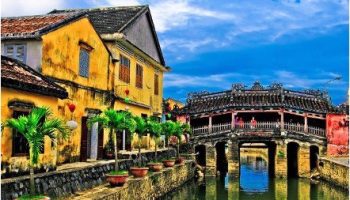Saigon Station: The bustling end of the line and the heart of southern Vietnam
Saigon Railway Station (Ho Chi Minh City Railway Station) is not only a railway stop but also a historical and cultural landmark in southern Vietnam. It has seen a lot of history over the years, serving not only as a point of entry for visitors but also a window to the country’s evolution. Saigon Railway Station is an integral part of Vietnam’s transport network with its bustling ambiance, key rail connections and historical value.
Table of Contents
Toggle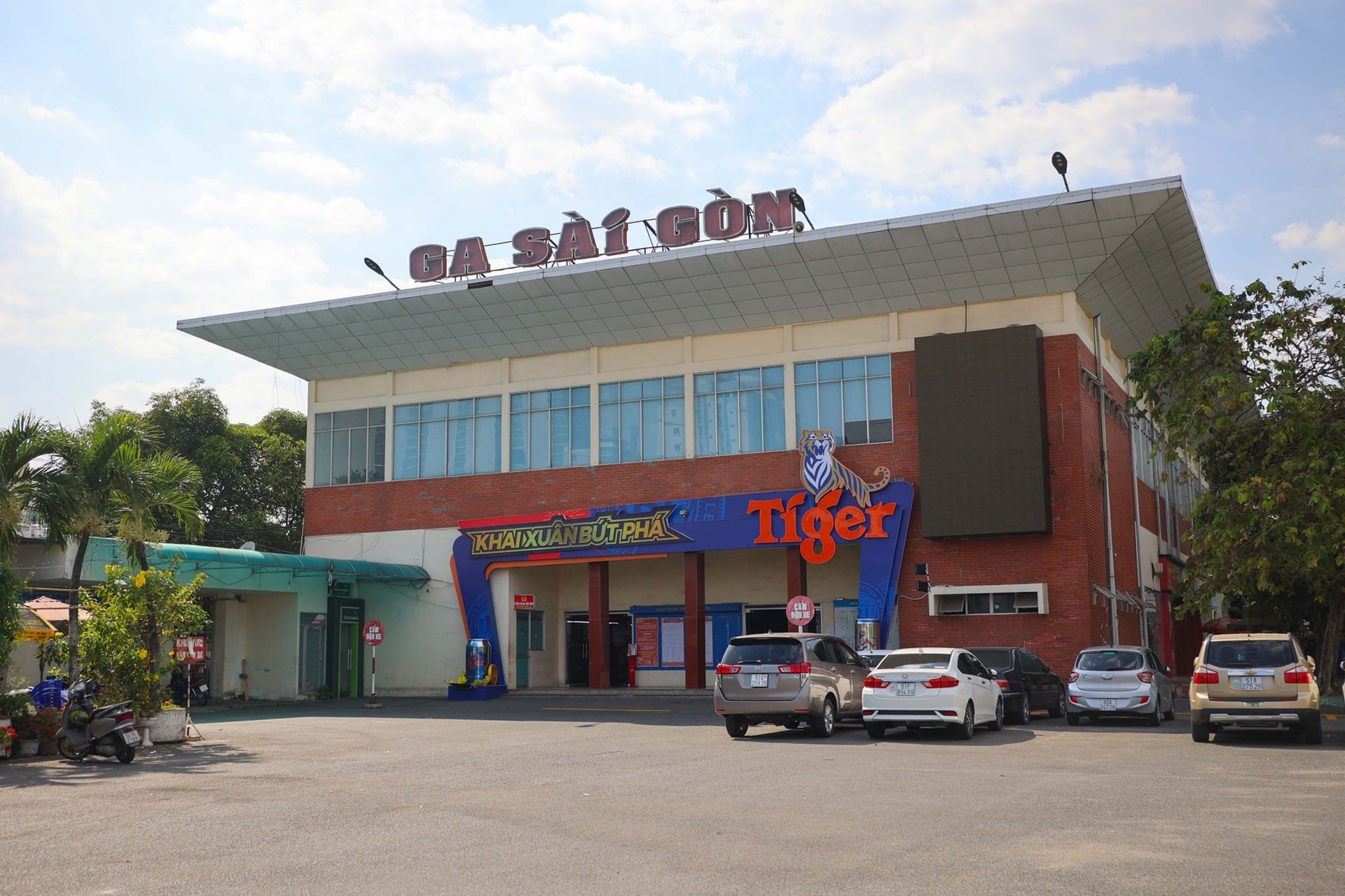
1. The Historical Evolution of Saigon Station
Saigon Station can be traced back to the French colonial era, when railways were developed to facilitate the economic and infrastructural development of Vietnam. The building of the station began in the early twentieth century; the station was first situated near Ben Thanh Market, a good location for trade and transport. In the same manner, the railway system was a vital part of the colonial administration and was put in place to ensure that all the territories of Indochina were linked up for economic and military purposes. Trains moved agricultural products like rice, rubber, and coffee, which were important export commodities to world markets, thus making Vietnam an important supplier of raw materials.
Read more: The History of Railway In Vietnam: From Basic Transport to Classy Indulgence
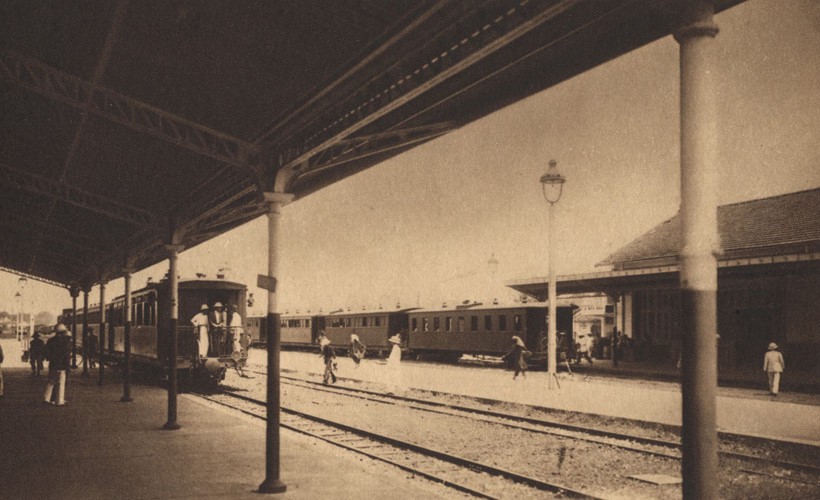
However, operations were largely hindered by the tumultuous events of the 20th century, including both world wars and the Vietnam War. Many of the tracks and bridges were destroyed, making it difficult to have connections between the different regions. When the war ended and Vietnam was unified in 1975, effort was put into rebuilding and improving the railway network. The new Saigon Station was constructed in District 3 and was incorporated into the national railway network, becoming the southern terminus of the North – South Railway. Currently, although the station has been through several upgrades, it still has some colonial architecture and is a symbol of Vietnam’s strength and development.
2. A Strategic Location Connecting Ho Chi Minh City
Saigon Station is at 1 Nguyen Thong Street, District 3, Ho Chi Minh City, a convenient location for residents and visitors. It does not look as modern and industrial as other high-speed railway hubs but rather classic and integrated into the city landscape. The location of the station is also quite strategic in the sense that it is a vital link that helps connect travelers to different areas of Vietnam and, at the same time, a way to get to some of the most notable sites in the city.
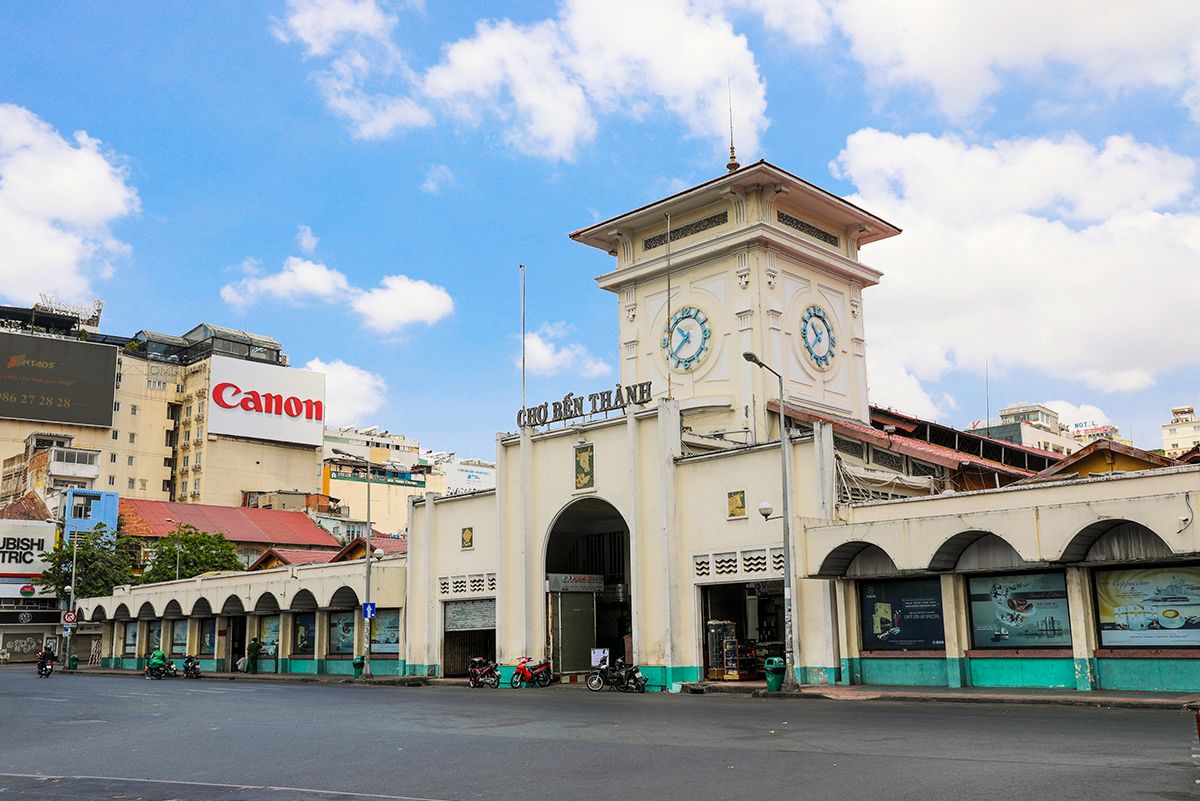
The area near Saigon Station is rich in attractions; it is close to Ben Thanh Market, the busiest shopping and eating place that gives an excellent view of local life. Right next to it is the War Remnants Museum, which gives an insight into the country’s past, with exhibits and equipment from the war. For architectural fans, the Notre-Dame Cathedral Basilica of Saigon, a neo-Romanesque church built in the 19th century, is an interesting example of the city’s colonial architecture. Also in the vicinity is Bui Vien Street, the area famous for its nightlife, where visitors can feel the rhythm of Ho Chi Minh City.
Saigon Station is easily accessible by taxi, bus, or even motorbike taxi. The metro system is expected to improve transport connectivity and make the train service more attractive for domestic and international travelers. Nevertheless, it is an essential node in the urban development of Ho Chi Minh City and a link between the contemporary and the traditional, thanks to its importance in the railway system.
3. Saigon Station’s Role in Vietnam’s Railway Network
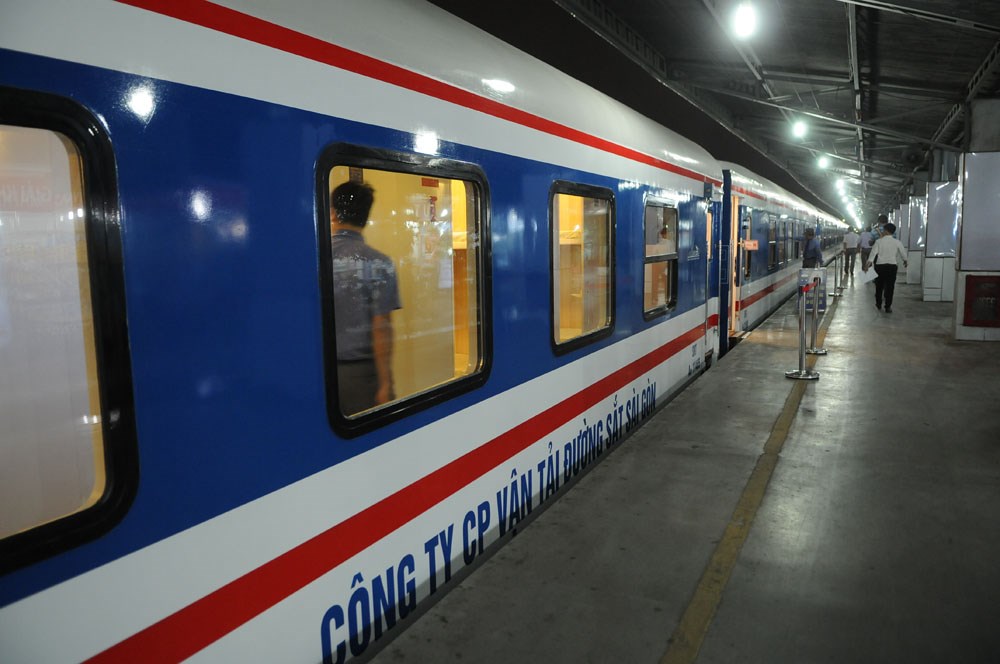
At the southern end of Vietnam’s railway network, Saigon Station is an important facility for people who are traveling within the country. Some of the most important routes include:
- Saigon to Hanoi – The longest railway trip in Vietnam, which covers approximately 1,700 km. This route passes through central Vietnam and offers spectacular coastal scenery, beautiful landscapes, and historical towns such as Hue and Da Nang.
- Saigon to Nha Trang – The best way to go for those interested in visiting one of the most beautiful coastal cities in Vietnam.
- Saigon to Da Nang – This route is also quite interesting as it cuts through rolling hills and the coast to arrive in Da Nang, a city famous for its beaches, mountains, and the ancient town of Hoi An.
- Saigon to Phan Thiet (Mui Ne) – For the shortest route, you will find yourself on the sandy beaches and in the calm resorts of Mui Ne.
These railway routes are a great way to explore the country while having an adventurous and cultural experience.
4. The Cultural and Nostalgic Appeal of Saigon Station
More than just a transport hub, Saigon Station is a part of the city that oozes old-world charm and atmosphere. The architecture of the station is classic Vietnamese, and the history and development of Ho Chi Minh City can be seen in it. The noise of the trains’ whistles, the movement of the people, and the smells of food and drinks from the vendors around create the true spirit of Vietnamese railway culture.
For many travelers, the journey is as much a part of the experience as the destination. The trains leaving from Saigon Station allow guests to see the cultural and geographic diversity of the country: from the rice paddies and mountains to the big cities and beaches.
5. Booking Tickets and Travel Tips from Saigon Station
5.1. How to Book Tickets
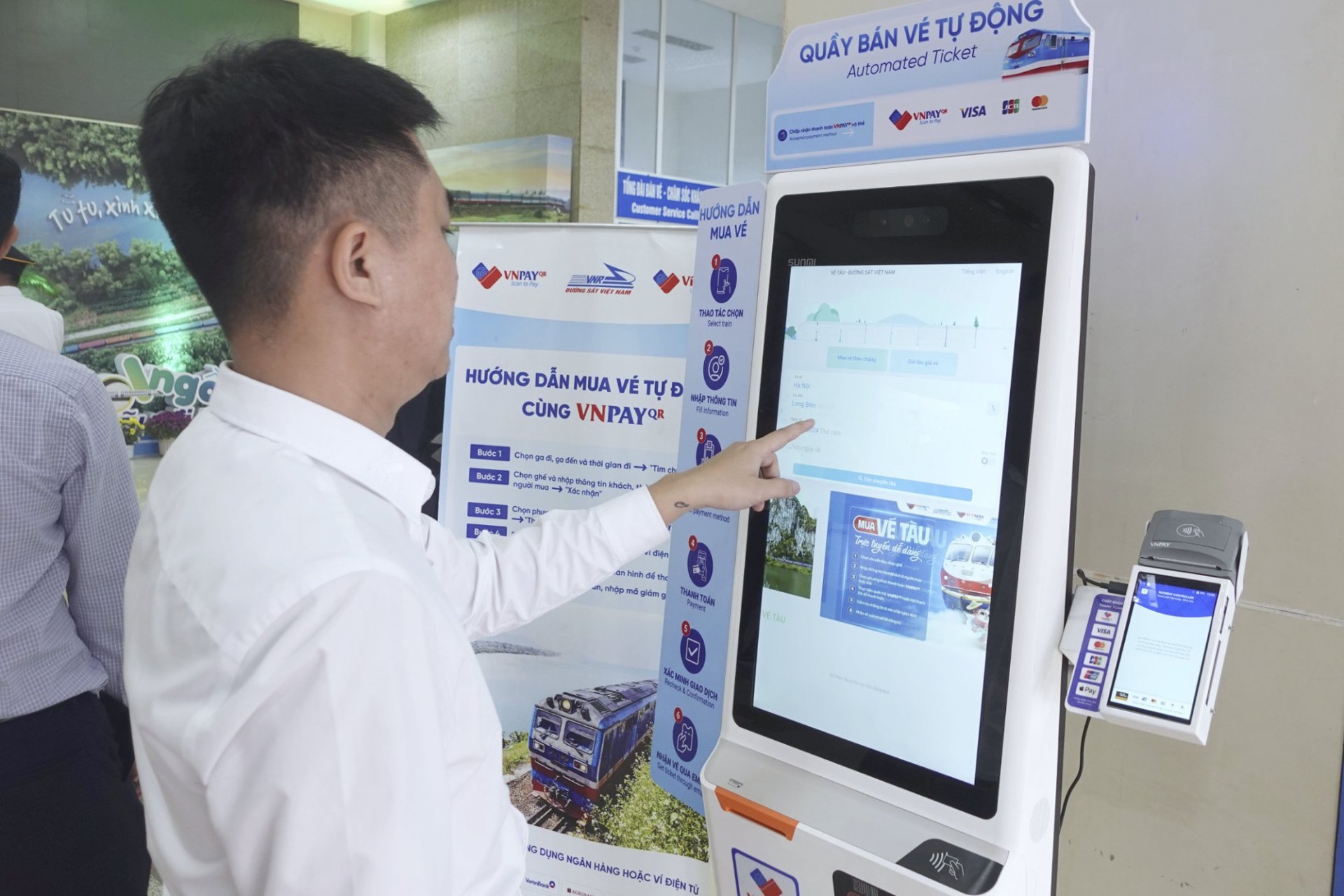
Travelers have plenty of ways to buy a train ticket in Saigon.
- At station: This is a conventional and trustworthy approach to go but during peak days, you need to stand in a queue to purchase tickets.
- Online booking: Booking a reservation through Vietnam Railways’ website is faster and easier, you can use mobile apps and not waste time to the station.
- Through a travel agency: A lot of travel agencies assist clients in purchasing rail tickets and trips. For those who are confused with Vietnam’s train system, this option is quite helpful.
5.2. Ticket Retrieval and Check-In Process
Once a ticket is purchased, travelers need to pick it up and show it before boarding:
- E-Ticket Presentation: Passengers can present their digital ticket on a mobile device through online bookings, reducing the workload during check-in.
- Self-Printing: Passengers who purchased tickets over the Internet may print tickets at home or use designated kiosks at the station to curl up at tickets.
- Station Retrieval: Some travelers would rather pick their ticket up from ticket counters using a booking reference or QR code.
5.3. Travel Documentation Requirements

Passengers are also required to present valid forms of identification to board the train:
- Adults: You need a passport or national ID card for ticket verification.
- Kids (Under 6): Though some websites recommend bringing a birth certificate/living permit, children shorter than 112 cm usually travel free of charge when accompanied by an adult.
- Students and Seniors: Valid student ID or senior citizen ID is required for applicable discounts.
5.4. Pre-Departure Travel Tips
- Plan for Arrival: Travelers should come at least 45–60 minutes prior to departure time, especially during holidays and peak hours.
- Check Ticket Details: The ticket details (name, train number, and time of departure) should be crossverified with that of the traveler’s ID so that there are no hassles at the time of boarding.
- Baggage Guidelines: Up to 20kg of carry-on luggage per person. Extra luggage may be subject to extra charges.
- Food and Refreshments – While food vendors are available at the station and on board, bringing snacks and drinks is recommended for long journeys.
- Stay Informed – Monitor station announcements for updates regarding departure times, platform changes, or schedule adjustments.
Read more:
Hanoi Station: The gateway to Vietnam’s capital and its historical significance.
Hue Station: A stop that connects travelers to Vietnam’s imperial past.
Nha Trang Station: The coastal charm and its role in connecting tourism.









